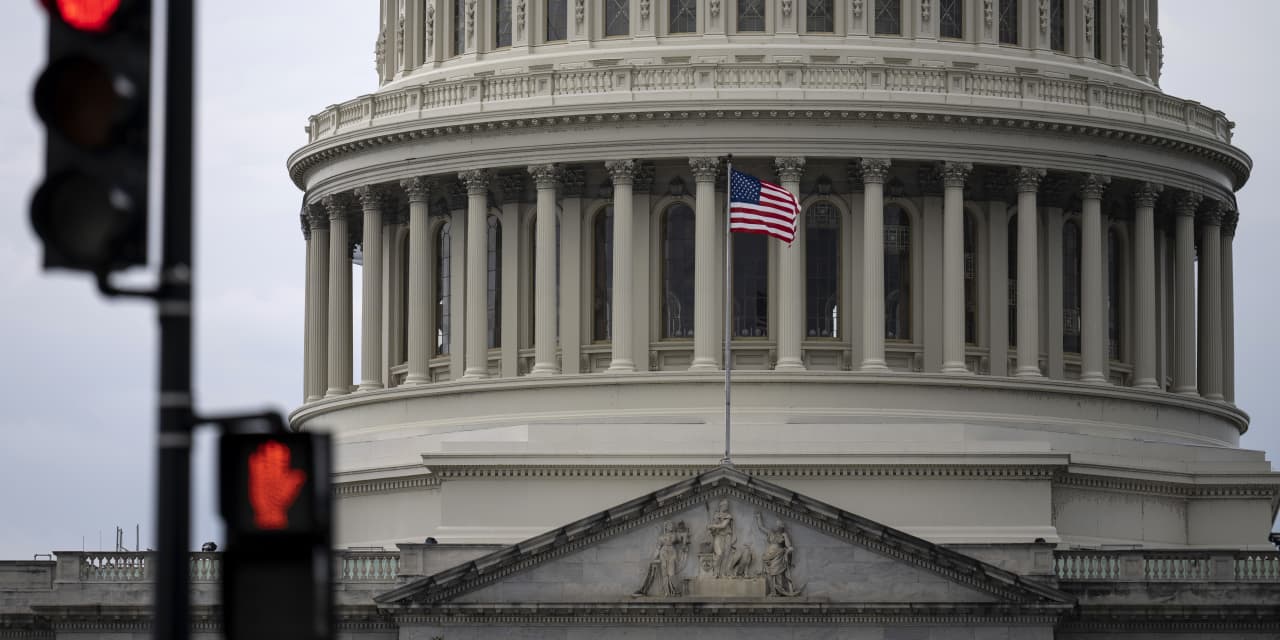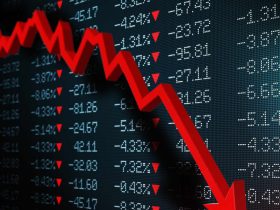Volatility is what happens to you when you’re busy making other plans.
Investors have just been reminded of this, and many seem less confident that the Federal Reserve will soon lower interest rates—or conquer inflation without triggering a recession.
With oil prices surging, and some banks predicting that this key inflationary driver could soon rise above $100, the market mob has finally heard Fed Chairman Jerome Powell’s warning that he has made for multiple months in multiple forums: Reducing inflation to 2% is hard, and more interest-rate hikes might be needed.
But investors have wanted to believe inflation was ebbing, as some economic reports have suggested. Alas, a handful of positive indicators doesn’t make a trend. The lesson becomes even more acute when something unexpected happens, like rising energy prices.
Rather suddenly, selling stocks and hedging portfolios have become unusually popular as the realization sets in that the Fed’s ability to engineer an economic soft landing is almost as difficult as sailing through a hurricane to a tropical island to find coconuts that contain ready-made pina coladas.
Also, many people mistakenly thought it unlikely the U.S. government would shutter on Oct. 1, because they found it hard to imagine that a small group of House Republicans might fail to approve a government funding bill—as is now the case.
These politicians are right that America’s $33 trillion debt is a terrible burden for future generations, but it would be nice if they could find constructive ways to express their concern.
Moody’s, the bond rating agency, has warned that a shutdown would be a “credit negative” that would illustrate America’s political dysfunction compared with other AAA-rated sovereign nations.
Fitch, another bond rating firm, already downgraded America’s debt to AA+ in early August for similar reasons. S&P had downgraded U.S. debt to AA+ in 2011.
Meanwhile, investors are being besieged by data that is all too clear.
The 10-year Treasury note is yielding around 4.55%, near the highest levels of the past year. Risk-free bond returns are becoming so competitive with stocks that it is hard for many investors to swallow steep earnings multiples in the anticipation that equity prices will keep rising.
The
S&P 500 index
recently closed below support at 4330. Technical trading levels always seem like voodoo, but so many people watch them that it can trigger massive selling if enough people believe a long-term trendline has been broken.
This column has been warning of rising risks for months. Reader feedback has often been critical, which we interpreted as a worrisome sign of just how fervently investors wanted to believe in a happy ending.
Since we laid out a litany of risks, the
Cboe Volatility Index,
or VIX, has surged. The so-called fear gauge has risen some 40% in just two weeks, It was at 12.82 on Sept. 13, and is now around 19.
It isn’t satisfying to suggest remaining cautious, but that is the message the markets keep humming. We think it could turn into an operatic aria, at which point opportunities will arise for long-term investors to monetize fear by selling cash-secured short-term put options to buy blue-chip stocks that they can warehouse for years.
Keep an eye on favored stocks, and think about selling short-term puts should something happen that sends stocks sharply lower. When everyone else is scared witless, options volatility will surge and stock prices will be attractive. Be ready.
Steven M. Sears is the president and chief operating officer of Options Solutions, a specialized asset-management firm. Neither he nor the firm has a position in the options or underlying securities mentioned in this column.
Email: [email protected]
Read the full article here











Leave a Reply